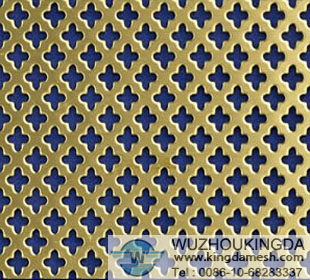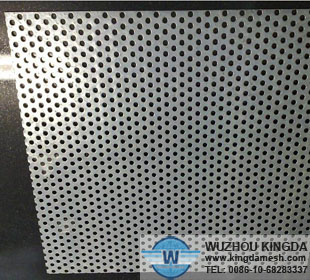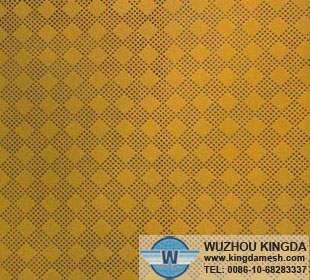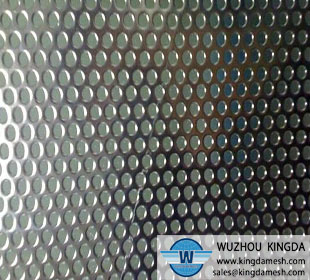Picking Perforated metal the height of design
After some years in decor wilderness, false ceilings are making a comeback-Perforated plate.
False ceilings have been through the fashion cycle — very much in vogue in the 70s, then violently out of favour for a couple of decades, and now back with a vengeance. Highlighting the ceiling is hot again, and apart from adding dazzle to room design, false or dropped ceilings come in handy to tuck away ugly piping, wiring or ductworks.
The new trend in this space is laminated sheets. Perforated metal sheets are another option, used in commercial spaces.Today’s suspended ceiling systems come in a variety of styles, textures, grids and colours, giving endless design possibilities and choices. They are easy to install and come either in the grid type or in gypsum, with fire safety and eco-friendly factors included.
The exposed grid is the most common type of suspended ceiling. Square grids are created, and then filled with ceiling tiles that have a wide metal frame around them. A concealed grid system uses acoustic tiles or boards to hide the grid system from view.
This creates a smooth, clean look, but is more expensive than the exposed system. It can also be more difficult for maintenance personnel to access areas above the ceiling. Some suspended ceiling systems use wires and hangers to hang sheets of drywall below the ceiling. These systems are an easier alternative to the extensive channels typically required to create drywall structures.
There are a number of choices when it comes to choosing tiles for a suspended ceiling. Earlier, Plaster of Paris was used a lot but now gypsum boards have become popular and are used in combination with wood, plywood, veneer and so on.
Flexible, adaptable to any design, acoustic, and fire resistant, these can be fixed into the concealed grid system. Living rooms and home theatres might require a mix, where gypsum is combined with wood or mineral fibres to create a rich look or improve sound quality, with lighting playing an integral role. Insulation material can be added without compromising looks.
Mineral fibre is another common material, often used in offices, conference rooms, or home theatres, also available as wood fibre, gypsum or glass wool. These simple fibre boards look like thermocol and are high in strength; sound and heat insulation; and fire and moisture resistance; with some varieties even being eco-friendly.
The new trend in this space is laminated sheets. Perforated metal sheets are another option, used in commercial spaces, and can be inserted between the fibre boards to allow air flow in the space that houses the wiring and plumbing lines.
Tiles too are trendy, especially in large commercial spaces, with off-white tiles being the most common although other colours and printed tiles are also available. In hospitals and clean room settings, mould and mildew-resistant tiles are being used. Other tiles that can be used are laminated gypsum, metal, soft fibre, PVC panels and aluminium perforated panels, all new and upcoming fashions.
- Prev : How to Calculate the Size of Screen Mesh
- Next:No Article







